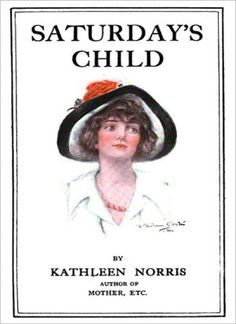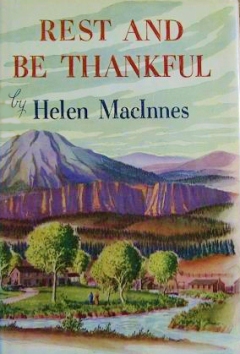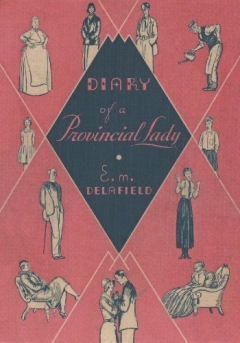
I saw a post like this on Mirriam Neal’s blog the other day, and it got me thinking fondly about the books I read and enjoyed most in early childhood. When I think about it, it’s surprisingly easy to see just how much the books that made the most impression on me in childhood shaped my tastes, interests, and even my future writing. So without further ado, here’s some of the books that stand out in my memory as being most influential during childhood. (I decided to start after the age of picture-books, as that would make this list far too long—material for another post, right?)
The original Winnie-the-Pooh books
When I was a toddler, my mom used to sit in a lawn chair next to my inflatable kiddie pool on the lawn of our apartment building and read A.A. Milne’s original Pooh books aloud to me while I played in the water: Winnie-the-Pooh, The House at Pooh Corner, and some of the poems from the other two. (I suppose you could trace my taste for dry British humor back this far.) The adventures of Winnie-the-Pooh and some bees, the Expotition, the search for Small, Piglet’s encounter with the Heffalump, Owl’s lost doorknocker, and so on, are all among the dearest of literary memories. Mom used to get laughing just as hard as I did—to this day, lines from the poem that Pooh composed while trapped under the basket-chair can set us both off again.
Marguerite Henry’s horse books
I read pretty much everything Marguerite Henry ever wrote multiple times—from Album of Horses and Misty of Chincoteague through Justin Morgan Had a Horse and King of the Wind, and on to the more dramatic and grown-up Mustang: Wild Spirit of the West and San Domingo: The Medicine Hat Stallion (and everything that came in between). The main reason I loved them was that I was horse-crazy, but looking back, I realize that these books were also just captivating stories and darn good historical fiction (many of them based on true stories to boot). [Read more…]










